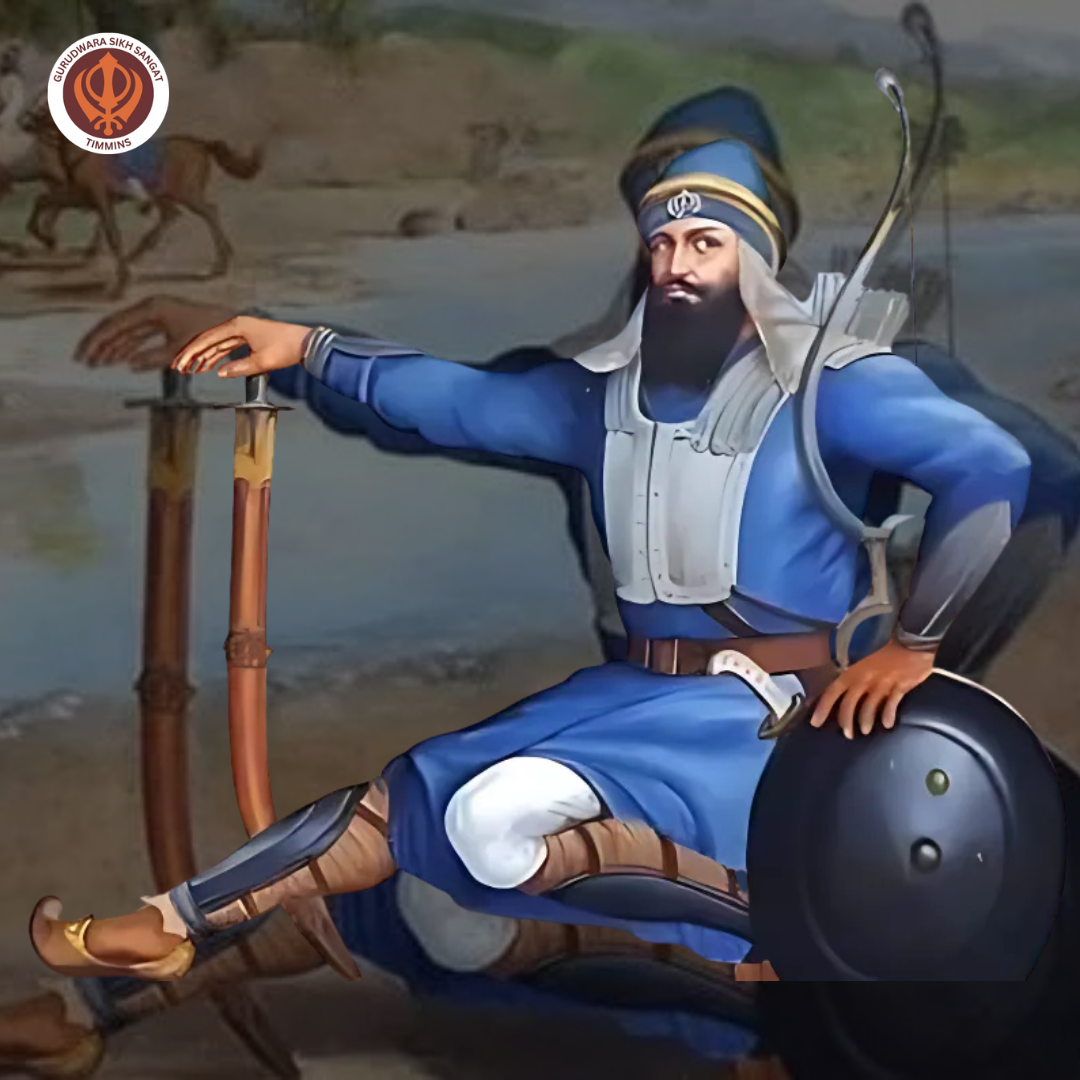

The Tragedy of Banda Bahadur

On June 9, 1716, a dark chapter in Sikh history reached its end. Banda Singh Bahadur – once captured the previous December – had endured months of imprisonment and cruelty. Over those long weeks he watched countless companions executed, their heads were displayed on spears and paraded through the streets as a terrifying warning to anyone who might resist.
Banda’s life before that grim finale was extraordinary. Born Lachhman Dev and later known as Madho Das during his years as an ascetic, he answered a call from the tenth Sikh Guru and took up arms for a cause that would transform whole regions. Given a sword and five arrows, he rallied a diverse army – Sikhs, Hindus and Muslims together – and won a string of victories across Punjab and the lands between the Ganga and Yamuna. He toppled cruel officials, issued coins bearing the names of Guru Gobind Singh and Guru Nanak, and enacted reforms that helped the poor: he challenged the zamindari system and redistributed land to tillers. For a brief, bright period he ruled justly, married, and raised a family.
But Banda’s rise was tangled with internal disputes as well as external foes. Within the Sikh community, tensions surfaced. A conservative faction – often called the Tatt Khalsa – criticized Banda, and the situation became more complicated when Mata Sundari Ji, the widow of Guru Gobind Singh, is said to have issued a hukamnama (an order) asking Banda to stop raiding and to settle on allotted lands. Historians still debate the circumstances and authenticity of some of those letters, but the result was clear: Banda’s support within sections of the Khalsa began to fray.
Sensing an opening, Mughal forces moved in. Banda took refuge in a fort known as Kacchi Garhi near Gurdaspur, but the siege that followed was brutal and relentless. Cut off and starving, the defenders scraped by on herbs and bark; months of isolation eroded morale. Key Sikh leaders reportedly abandoned the fort in protest or disillusionment, and Banda – surrounded by a vast Mughal army – found his options narrowing.
When the fort finally fell, many were killed and several hundred captured. What followed was designed to terrorize: prisoners were paraded, mocked, and offered a grotesque choice – to abandon their faith and live, or to stay true and die. Thousands of heads were displayed across the procession route. Yet even in the face of such cruelty, the Bandai Khalsa held fast to their faith, chanting their war cries and hymns rather than renouncing their beliefs.
According to accounts, Banda himself was made to witness the executions of his followers. After months of captivity, the sentence was carried out. The execution that day was horrific in its scope and intent; some narratives record an order that Banda kill his own young son – a final humiliation imposed by his captors. Poets and writers have long tried to capture the sorrow of those moments: Rabindranath Tagore, in his poem “Bandi Bir,” gives voice to that heartbreaking scene, imagining the terrible tenderness between father and child in the seconds before death.
Banda Singh Bahadur’s story is not only one of military victories and reform; it is also a human story marked by courage, controversy, heartbreak, and sacrifice. His brief experiment in just governance and his willingness to stand against overwhelming odds have left an enduring imprint on history. The brutality of his end underscores the heavy costs of resistance in that era – but it also helped seed later memories of resolve and resilience that have continued to inspire people across generations.